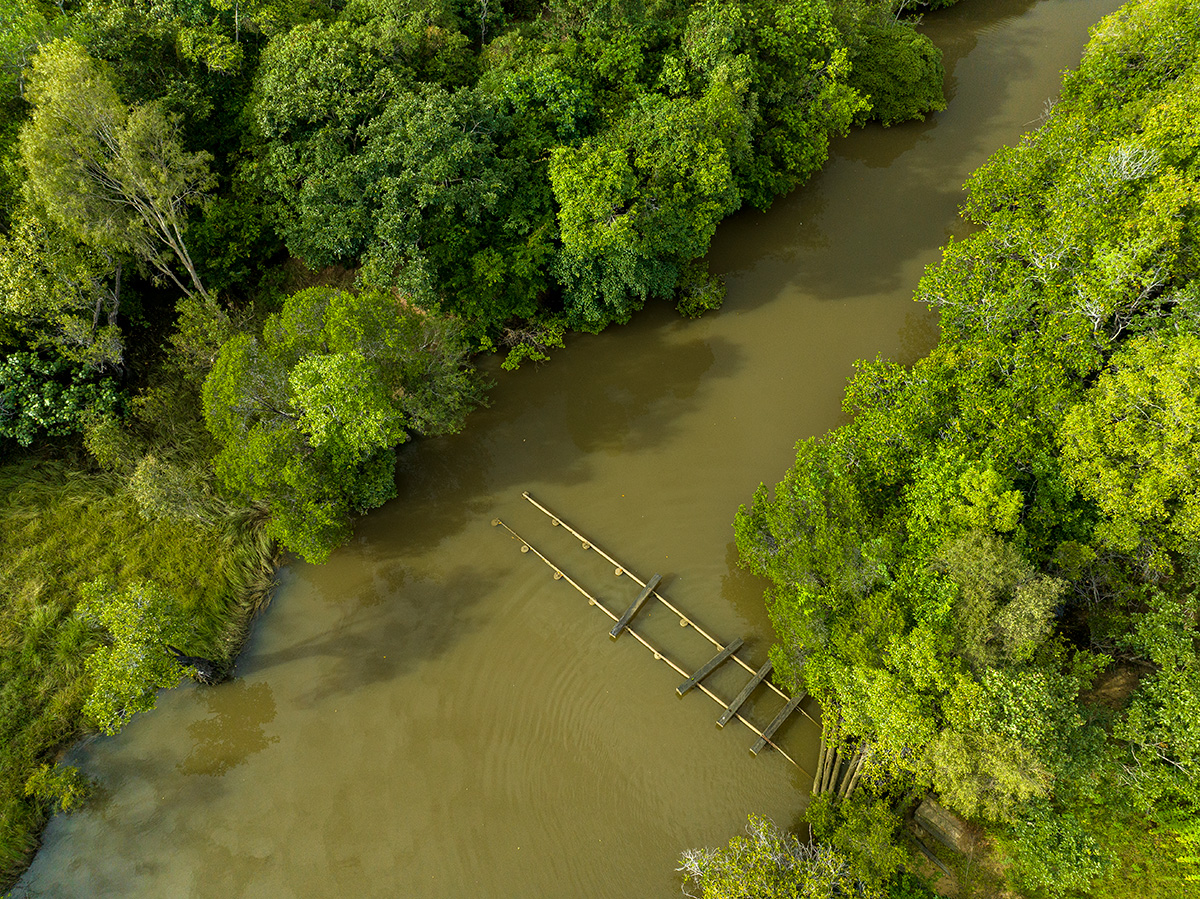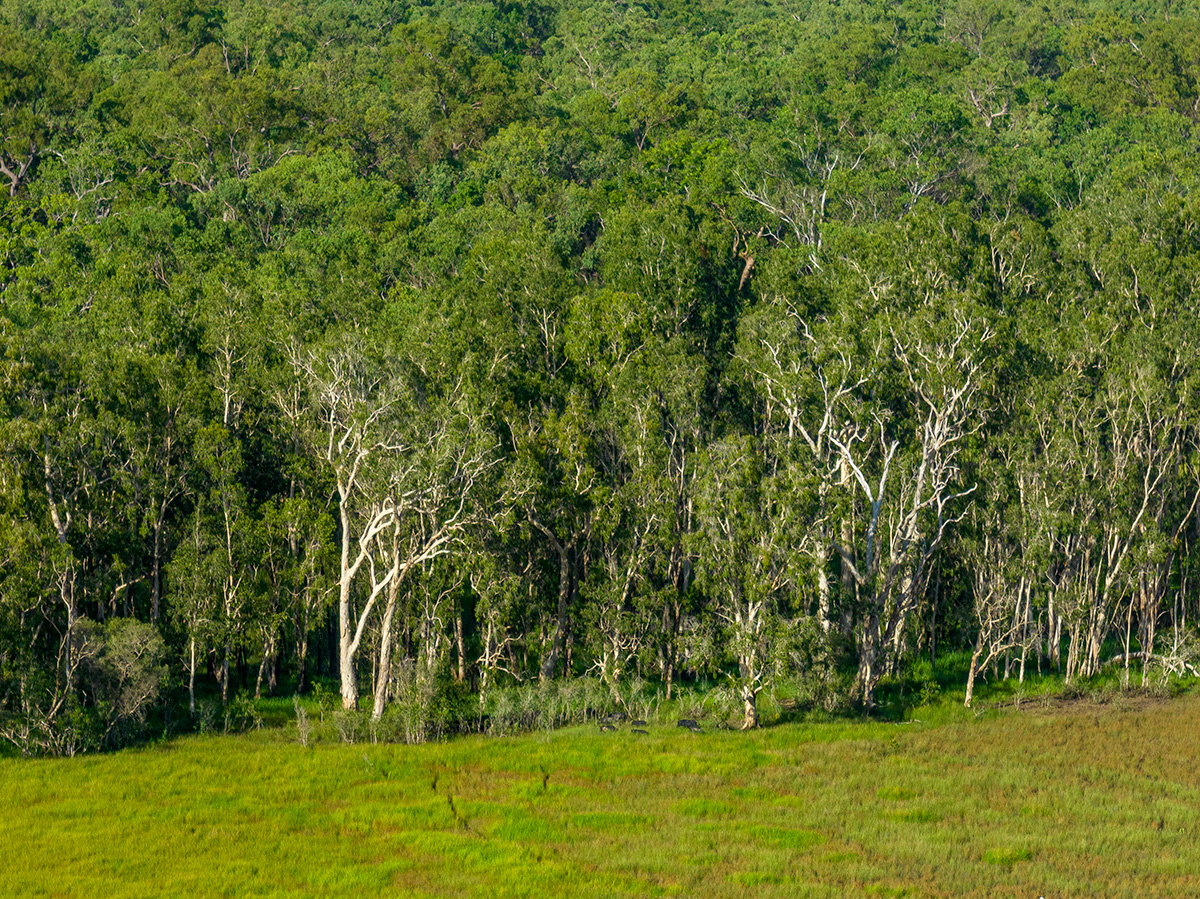

There are three broad ecosystem types that dominate our country and are of environmental and cultural significance for our people and western science – wetlands, savanna woodlands and gallery and vine forests.

The vast wetlands landscapes of our homelands incorporate a range of ecosystems including river, creek and lake (freshwater and estuarine) systems, floodplains, lagoons, mangroves, sinkholes/swampy depressions, grass/sedgelands, saline mudflats, saltpan areas, overflow swamps and seasonally inundated woodlands. These habitats support an abundant and diverse assemblage of flora and fauna. They provide an important nursery for fish, crustaceans, and a host of other marine aquatic, and terrestrial animals.
Much of our inland (‘top side’) country is covered by swathes of relatively undisturbed tropical savanna woodlands. These woodlands have long supported our livelihoods through their provision of important food and other resources including materials for shelter, art and craft, and the manufacture of tools and weapons.


Compared to the woodlands that typically surround them, these forests have exceptionally high biodiversity value and are considered important refugia sites for many species of rainforest flora and fauna. Making our homeland’s gallery and vine forests a place of huge cultural significance. They have traditionally been sites of high resource use, permanent occupation or seasonal congregation as many of our culturally important ‘places’ are located within these forests.